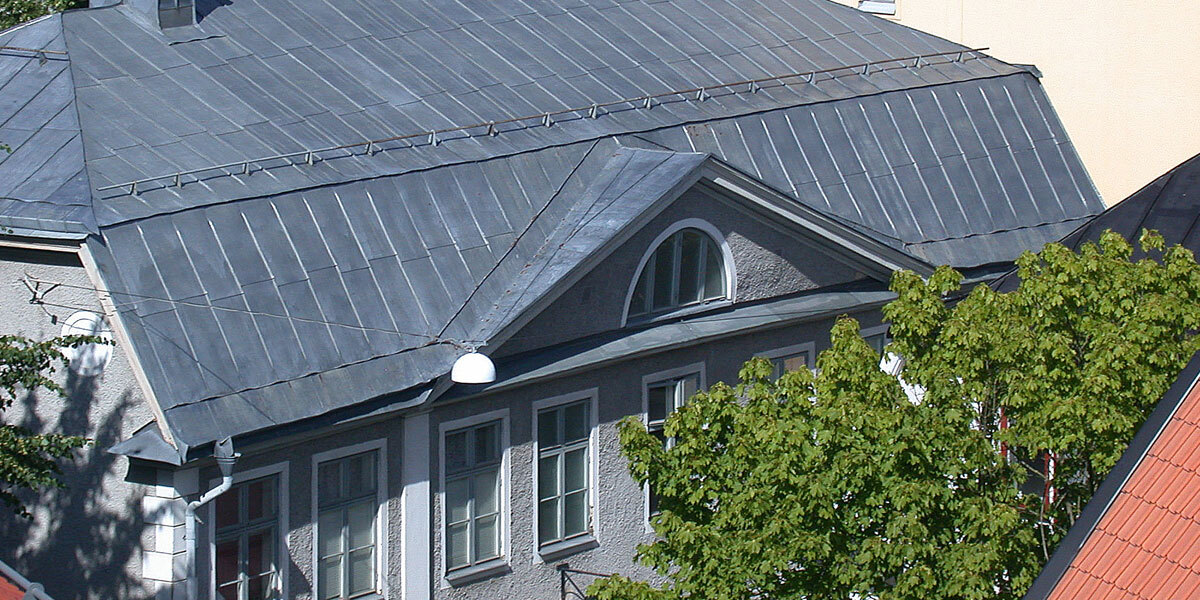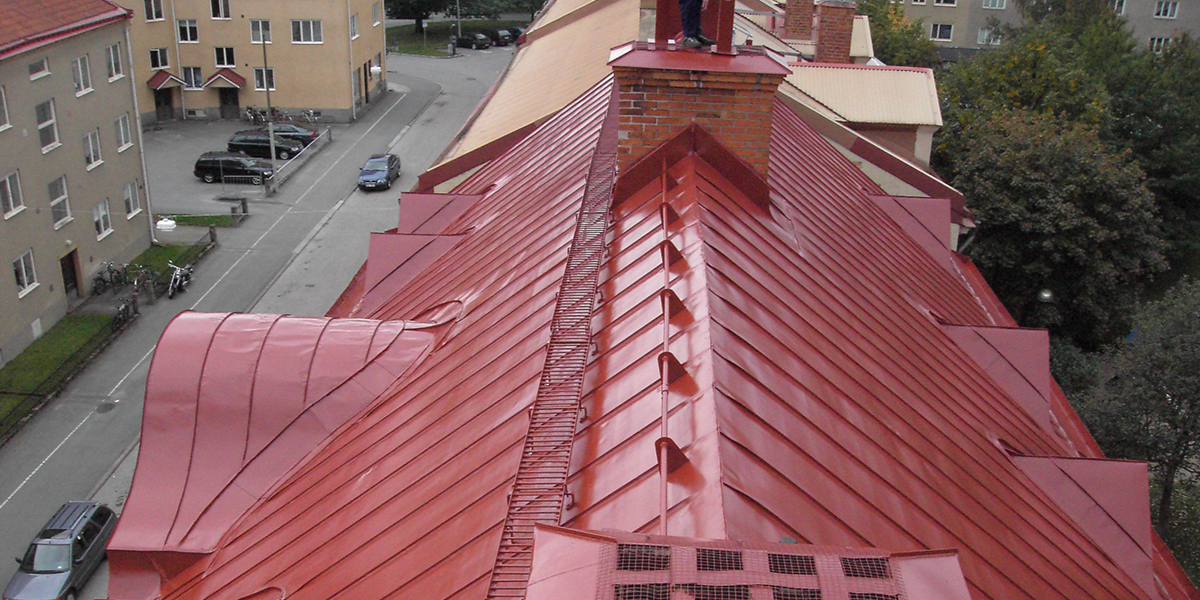
Thinner 1048
Thinner
A two-component, semi-gloss acrylic polyurethane with anticorrosive pigmentation. Hardener aliphatic isocyanate.

 6 m²/l
6 m²/l
 11 m²/l
11 m²/l

Finish
Semi-gloss
A two-component, semi-gloss acrylic polyurethane with anticorrosive pigmentation. Hardener aliphatic isocyanate.
• Suitable for urban, marine and industrial environments. • Also suitable to be used as a topcoat in epoxy/epoxypolyurethane systems. • Outstanding colour and sheen retention. • Forms tough and abrasion resistant finish. • Dirt repellent and easy to clean surface. • Not recommended for use in immersion conditions.
• Recommended to be used as a single-coat finish for steel, aluminium and galvanized surfaces.
*For maintenance painting of solid old paint or coating layer. **For new painting or for bare metal surfaces. Minimum DFT is 60µm. Practical coverage depends on the application method, painting conditions and the shape and roughness of the surface to be coated. When using airless spraying in metal-sheeted roofs practical coverage in new painting is usually 5–6 m²/l.
Solventborne

Temaclad SC 50 is a polyurethane resin based and that gives the product exceptional weather resistance and mechanical durability. The paint has good gloss and color durability, and as a result, surfaces coated with Temaclad SC 50 remain freshly-painted looking for years.

Temaclad SC 50 is a fast-drying single-coat paint that forms a tight film with good abrasion resistance. The paint is suitable for many different applications for aluminium, zinc and steel surfaces without primer for both new and maintenance painting.

Temaclad SC 50 is a tintable finish with wide range of colors. The paint is exceptionally well suited for the coating of hotdip galvanised thin sheet, such as sheet roofing and cladding, without a separate primer. It also suits for the maintenance painting of coilcoated metal sheeting.
You’re visiting Tikkurila website from United Kingdom. Would you like to visit the local UK site?